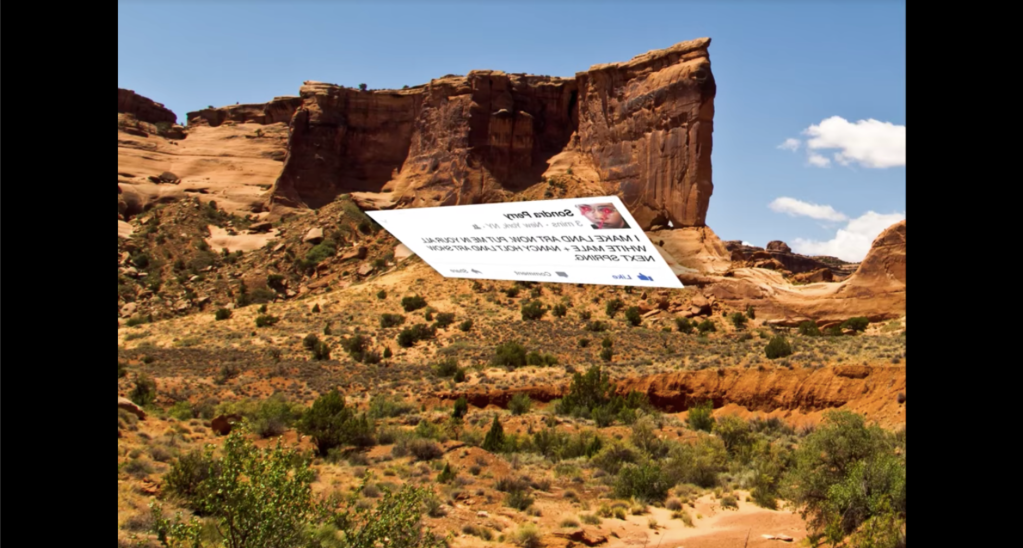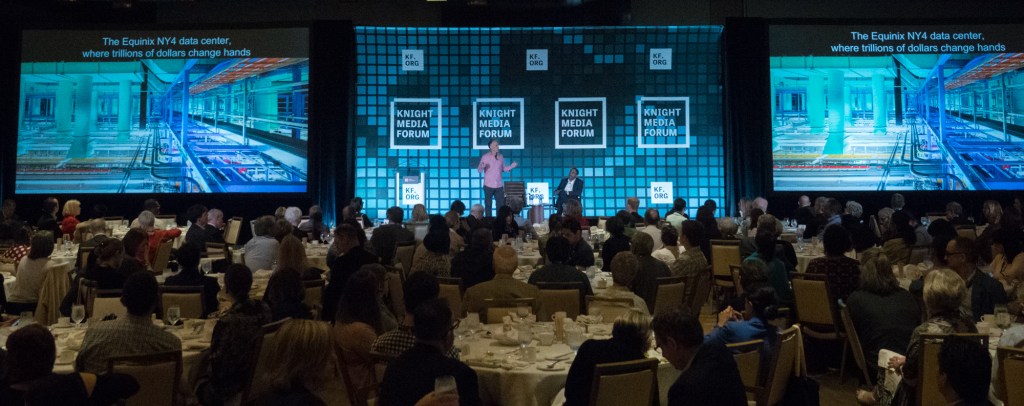
West Virginia University Innovator-in-Residence program taps experience of professionals with practical methods
Journalism and media programs across the country have adapted and pivoted and entrepreneured themselves through an identity crisis over the past five years. Much-touted new curriculum had promised to solve the disruption problem (hmmm, that didn’t work, or did it?) and would breed a sought-after “unicorn” with a magic kit of evolving skill sets. Meanwhile, universities played by a rulebook that seemed to inhibit innovation, which Knight Foundation and others called out in the influential — and controversial — “Open Letter to University Presidents” and direct questioning of the value of academic research back in 2012. Related Link
“West Virginia University Reed College of Media’s Innovator-in-Residence program to expand with $200,000 from Knight Foundation” — press release, 4/21/2015
We were paying close attention to these challenges, and we envisioned the West Virginia University Reed College of Media Innovator-in-Residence program in their wake. But, to be frank, it also was created in response to a frustrating failed search for a visiting professor willing to leave the industry and relocate to West Virginia.
For better or worse, we are a practical-minded program, and we sought a simpler, faster way to invent. We hear the terms “adaptive” or “agile” used frequently in innovation culture. But adapting is an inherently defensive posture. The goal is to create an inventive culture that is resilient and improvisational under constant stress. So we started asking ourselves: “What do we really want to accomplish, and what do we need to put into place (or get rid of) to do it?”
In essence, the Innovator-in-Residence program is designed to foster rapid, collaborative innovation between academia, industry and community media in response to real-world problems and in real time. But the unique aspects of the program come out of the following mindsets:
We want to work with cool people who are generous and open and creative.
We’ve had the pleasure and privilege of engaging a network of collaborators over the years who have been instrumental in leading change in the industry, including people such as sensor pioneer John Keefe, Zach Seward at Quartz and Lara Setrakian of Syria Deeply. Creating a short-term Innovator-in-Residence model with a virtual component was a way to formally engage these kinds of experts in co-creating with our students and faculty.
We want to take advantage of a level playing field.
The program pairs an innovator from a prominent news organization and one from a smaller community news organization to work together to solve an industry problem, whether that is new forms of storytelling, experimenting with new technology or exploring new economic models. We hope this will bridge divides between large and small industry innovators and will level the influence of all participants’ voices.
We want to be transparent in real time.
Our Innovator-in-Residence program is designed to conduct experiments in direct response to the needs of participating news organizations. We hope this on-demand, problem-solving model will more efficiently distribute the costs, risks, benefits and results of experimentation among a larger audience in a shorter period of time. And we want to close the dissemination gap between experimenting and sharing results. Rather than wait to package research as an end product, we will conduct real-time documentation and narration of the experiment-in-process to share what doesn’t work as quickly as what does.
We want to make futurists.
Our goal is not just to create unicorns who can write code, play with gadgets and build their own startups. We want to make thinkers, makers and problem-solvers who can create change within their own organizations. We want to create students and faculty who have the curiosity and stamina to invent as part of a perpetually reimagined workflow, whether that involves wearables or virtual reality or the Internet of Things. We still have to make things. And deliver them to audiences. And monetize something in the process. And ensure journalism is part of a functioning democracy. All of that. There are plenty of problems to solve on this noble journey.
Credit: Photo by WVU Reed College of Media on Flickr.com
Recent Content
-
Artsarticle ·
-
Artsarticle ·
-
Community Impactarticle ·


